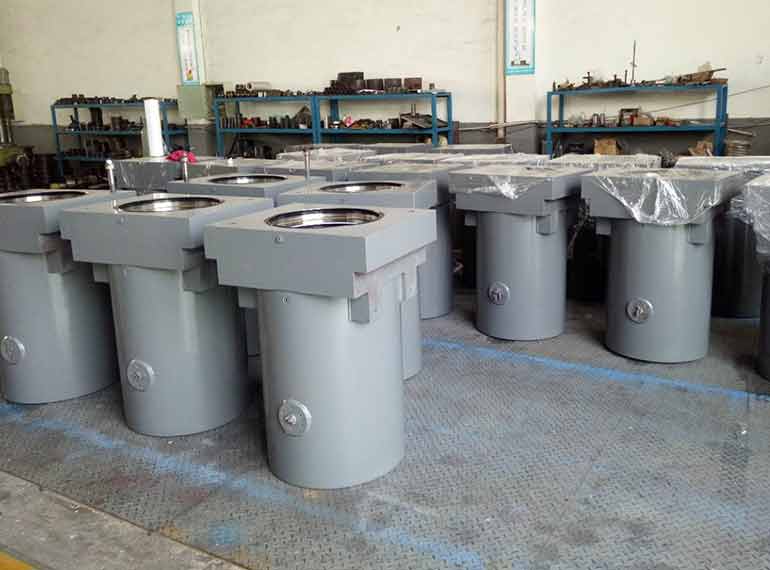These specifications ensure that the induction hardened chrome plated rod possesses the desired hardness and resistance to external impacts, making it a reliable component in hydraulic cylinder applications.
Induction Hardened Chromed Rod
Brief Introduction to Induction Hardened Piston Rods:
Induction hardened piston rods are specifically designed to enhance resistance against damage caused by external impacts. This type of piston rod is commonly used in hydraulic cylinders found in applications such as excavators, loaders, and power-steering cylinders. The induction hardening process not only improves resistance to external impacts but also provides added protection against inadvertent handling damage that may occur during the manufacturing of the cylinder.
Specifications of Induction Hardened Chrome Plated Rod:
Induction hardening is a heat treatment process that involves heating a metal part using induction heating and then rapidly quenching it. This process induces a martensitic transformation, which increases the hardness and brittleness of the part. When it comes to induction hardened chrome plated rods, there are specific specifications to consider:
Hardening Depth: The hardening depth of the piston rod typically ranges from 1.5mm to 5mm. This refers to the thickness of the hardened layer on the surface of the rod.
Quenching Method: The choice of quenching method is important to achieve the desired hardening depth and maintain the balance between hardness and strength. Medium/low-frequency quenching can result in excessive depth, potentially impacting strength.
|
Grade |
CK45, S45C, 1045, 16Mn, Q345D, ST52, 40Cr, 41Cr4, SCr440, 5140, 42CrMo, 42CrMo4, SCM440, 4140 |
|
Outside diameter tolerance |
f7 - f8 (other tolerances can be custom-made) |
|
Surface roughness |
Ra0.2-0.4 |
|
Hard chromium thickness |
0.015 - 0.025 mm |
|
Surface hardness |
HV700-1150 |
|
Straightness |
0.05 - 0.10 m/m |
|
Standard length |
1- 6 m |
|
Package |
Bundle with steel strip and knitting strip, or wooden case |
|
Conservation |
Anti rust oiled coating on the inside and outside of the surface, plastic caps at both ends |
|
Impact test |
-20°C, 27 J (only for special requirement) |








Inquire Form